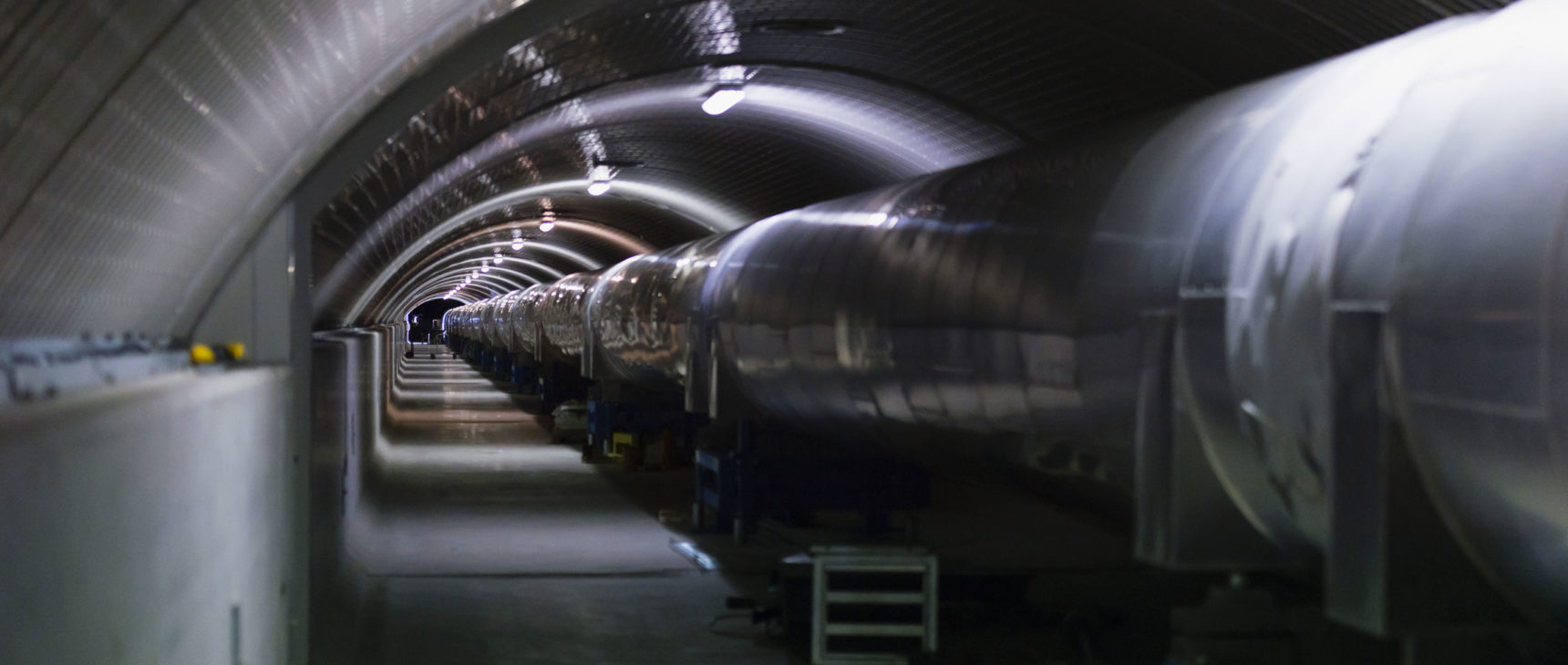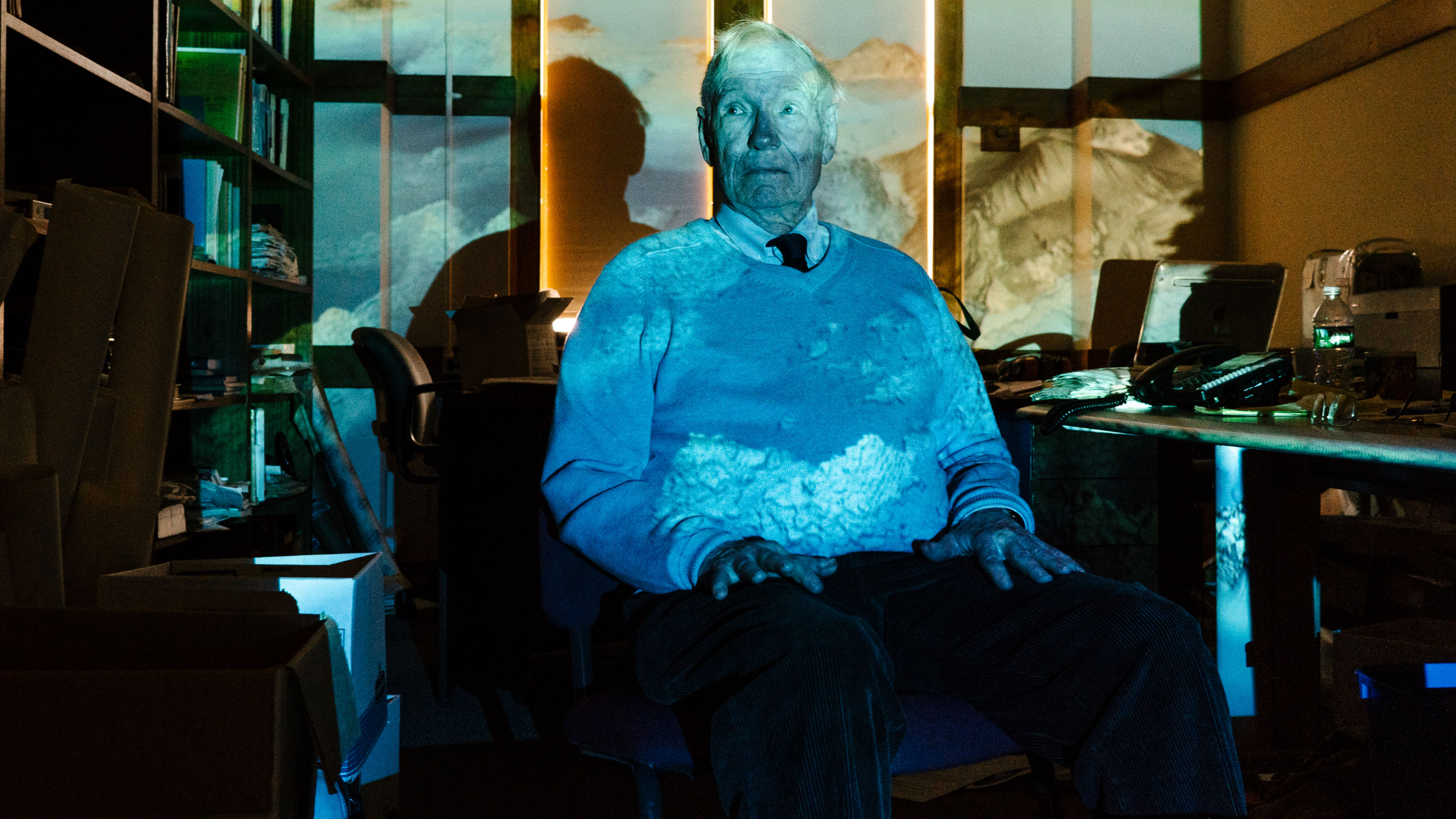
Jason Morgan in one of his former offices in the geosciences building at Princeton University, where he spent his entire career.
Jake Naughton for Quanta Magazine
Introduction
In 1967, Jason Morgan discovered the theory of plate tectonics — the idea that rigid plates pave the Earth’s surface, moving relative to one another with the continents and oceans in tow. That January, sitting in his office at Princeton University, Morgan read a new article in Science by the geologist H. William Menard, who had mapped long cracks called “fracture zones” on the Pacific Ocean floor. “I instantly saw the pattern that all the fracture zones had a common pole that they were concentric about,” Morgan, 81, told Quanta in an email. “They had all been formed with a rotation about the same pole.”
Having learned spherical trigonometry back in high school in Georgia, Morgan was able to calculate that the Pacific seafloor’s hairline fractures all curved around a point just north of Siberia. This particular location has no significance today, he said, “but the idea of ‘poles’ to describe the opening [or rotation] of ocean was now set in my mind.”
Earth’s surface motion — the source of virtually all its features — had long puzzled scientists. The coastlines of the continents seemed to match up as if they were dispersed jigsaw pieces, an observation that instigated the fuzzy theory of “continental drift” in the early 1900s. But scientists had no idea how continents actually drifted, beyond some vague notion that they got dragged through the oceans by the fluid rock of Earth’s mantle below. How did the continents maintain their rigidity as they drifted? And what went on below the oceans? For Morgan, the “pole of opening” associated with the fracture zones served as a key.
Standing at a drafting table in his office, he calculated that simple rotations of rigid plates on a sphere could describe the pattern of features in the Pacific, indicating that “ocean floors also moved as rigid objects — that they were equally strong as continents,” he said. The fracture zones of the Pacific were just relics of long-ago processes, but Morgan set out to test his hypothesis in the Atlantic, where the seafloor is presently spreading from the mid-ocean ridge to the east and west. “Did it have a pattern describable by a rotation? For the rest of January and in February and March, I focused on the Atlantic, and by April had prepared a talk on rigid plates for the annual American Geophysical Union meeting in Washington, D.C.”
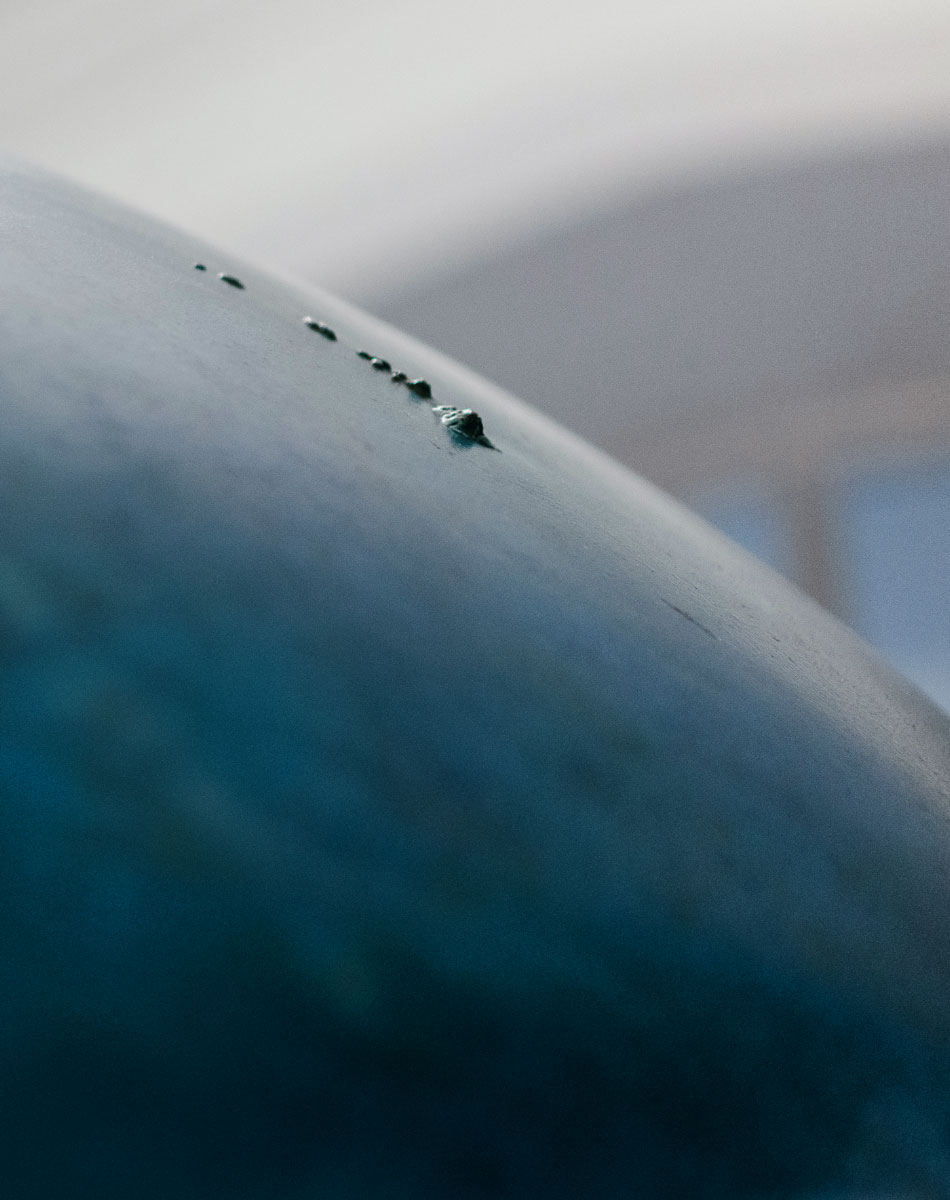
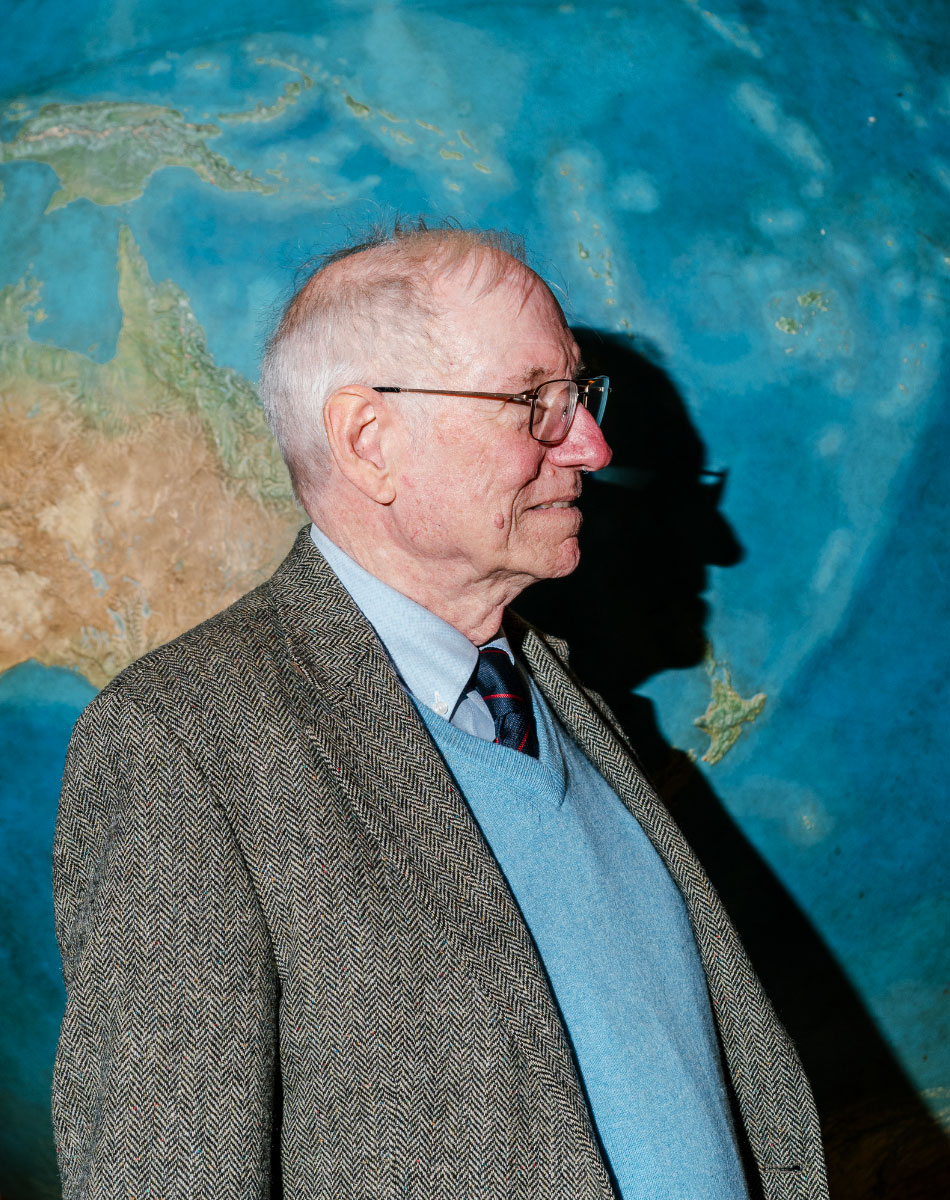
The islands of Hawaii, whose formation Morgan studied and theorized about during his time at Princeton, are visible on a globe in Guyot Hall, home to the university’s geophysics department.
Jake Naughton for Quanta Magazine
Morgan’s theory supplanted continental drift by envisioning oceans and continents both riding rigid plates, which bump and grind in a peculiar two-tier architecture as they rotate about the earthly sphere. Plates collide to form mountains, slide under one another at subduction zones that are rife with earthquakes and volcanoes, and, at mid-ocean ridges, form anew from rising rock and spread apart, creating characteristic patterns of magnetism on the seafloor. The tectonic-plate theory accurately predicted the changing distances between various surface features, and quickly gained acceptance. (The British geophysicist Dan McKenzie independently did many of the same calculations as Morgan in the fall of 1967 and published his paper first; he is often credited as the co-discoverer of the theory of plate tectonics.)
A few years later, Morgan distinguished himself again among geophysicists by being first to recognize the presence and importance of hot spots — upwellings of molten rock that come from deep inside Earth and pierce the moving plates, creating volcanic island chains like Hawaii.
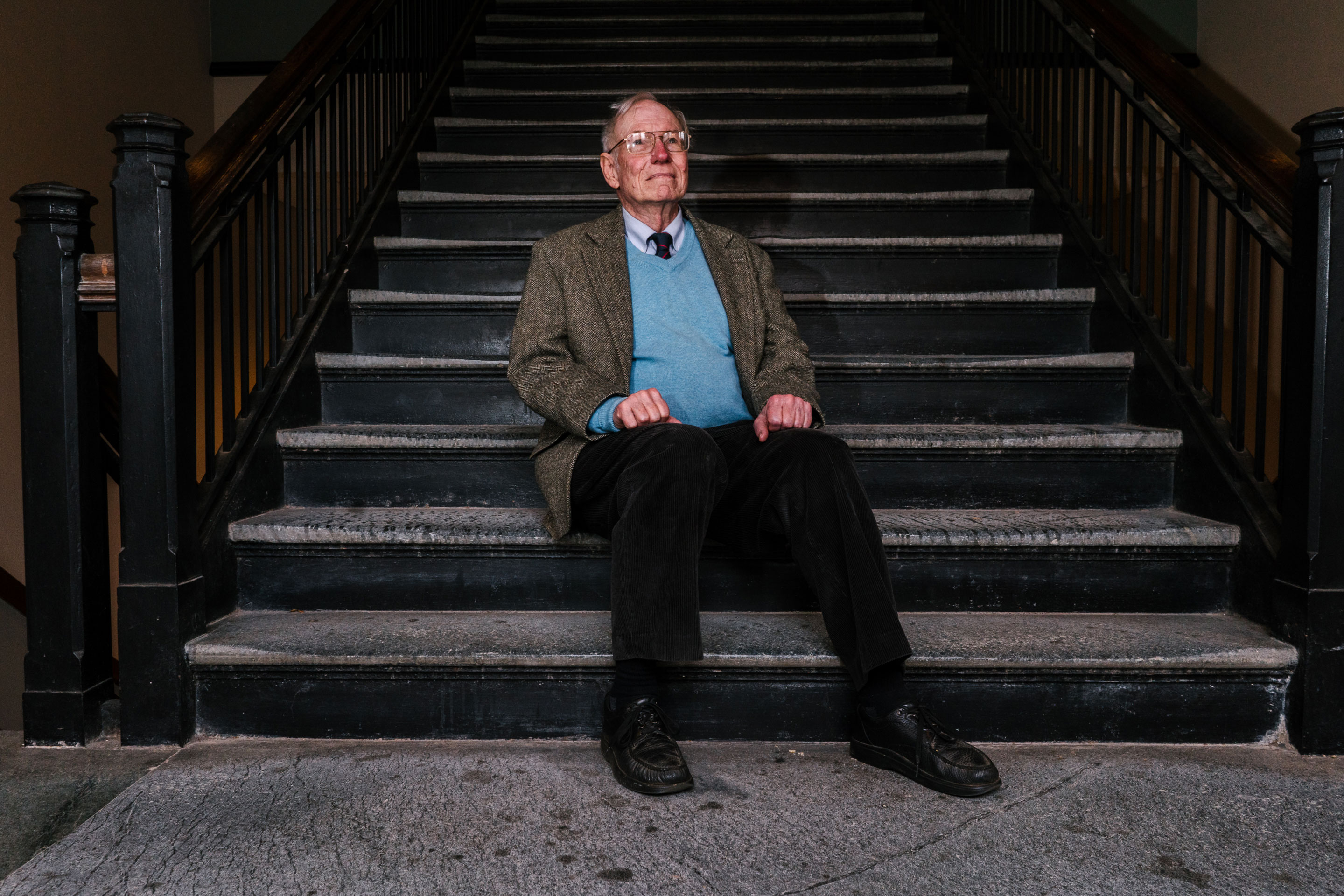
The steps in the stairwell of Guyot Hall are made of serpentinite, a rock from the Earth’s mantle.
Jake Naughton for Quanta Magazine
“I seriously doubt that I would have worked on these problems if I had not been at Princeton,” said Morgan, who spent his whole career there, from graduate school in the late 1950s until his retirement in 2003. “I’m a strong believer there needs to be a ‘critical mass’: several colleagues all interested in the same problems who frequently converse and are right there to help each other when unanswered questions arise.” Princeton in 1967 was a geology hot spot, home to the likes of Harry Hess, the discoverer of seafloor spreading, and Walter Elsasser, who convincingly argued that a rigid upper layer of seafloor moves as a unit over a more fluid interior. “However, the person who was most helpful for me was Fred Vine,” Morgan wrote of his former officemate. “Fred had discovered the magnetic anomaly pattern made by seafloor spreading and had used this to determine the rate of opening at several mid-ocean rifts.”
Over the decades, the decorated geophysicist has seen the picture of Earth’s tectonic activity sharpen, with detailed computer models of its varied surface motion replacing the old pen-and-paper descriptions of perfectly rigid plates and simple rotations. “In a sense, this has been the progress of all science over the past 50 years,” he said. Puzzles remain, and Morgan has continued working since his retirement. A Princeton man no longer, he now carries a laptop between his home near his daughter’s family in Wayland, Massachusetts, and an office at Harvard University.



